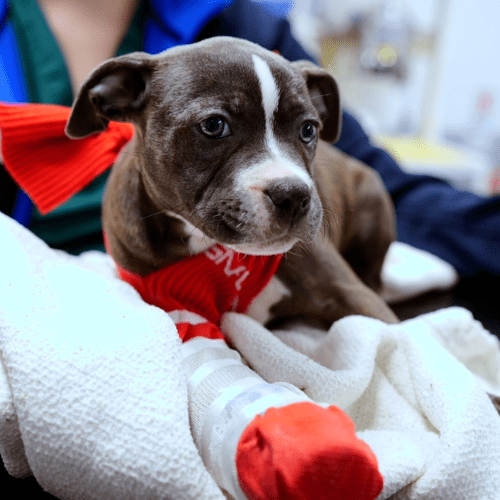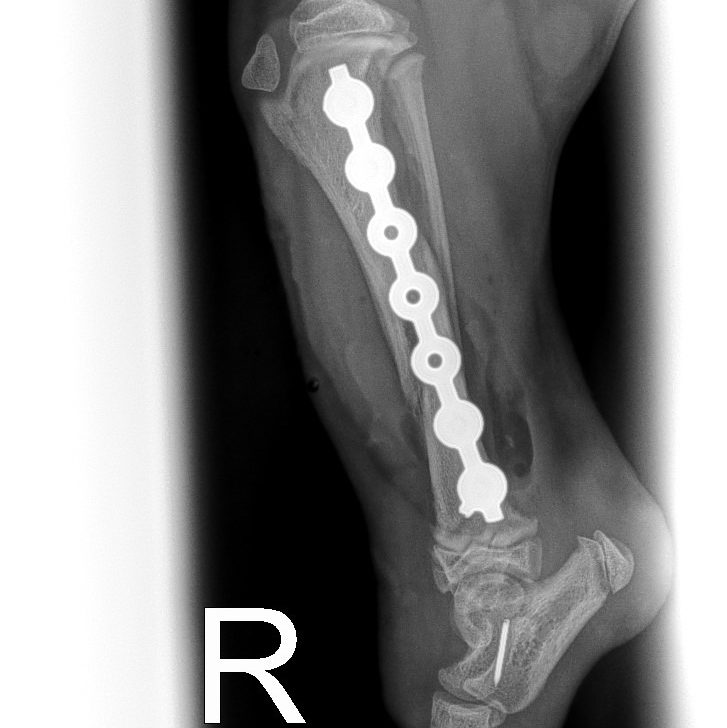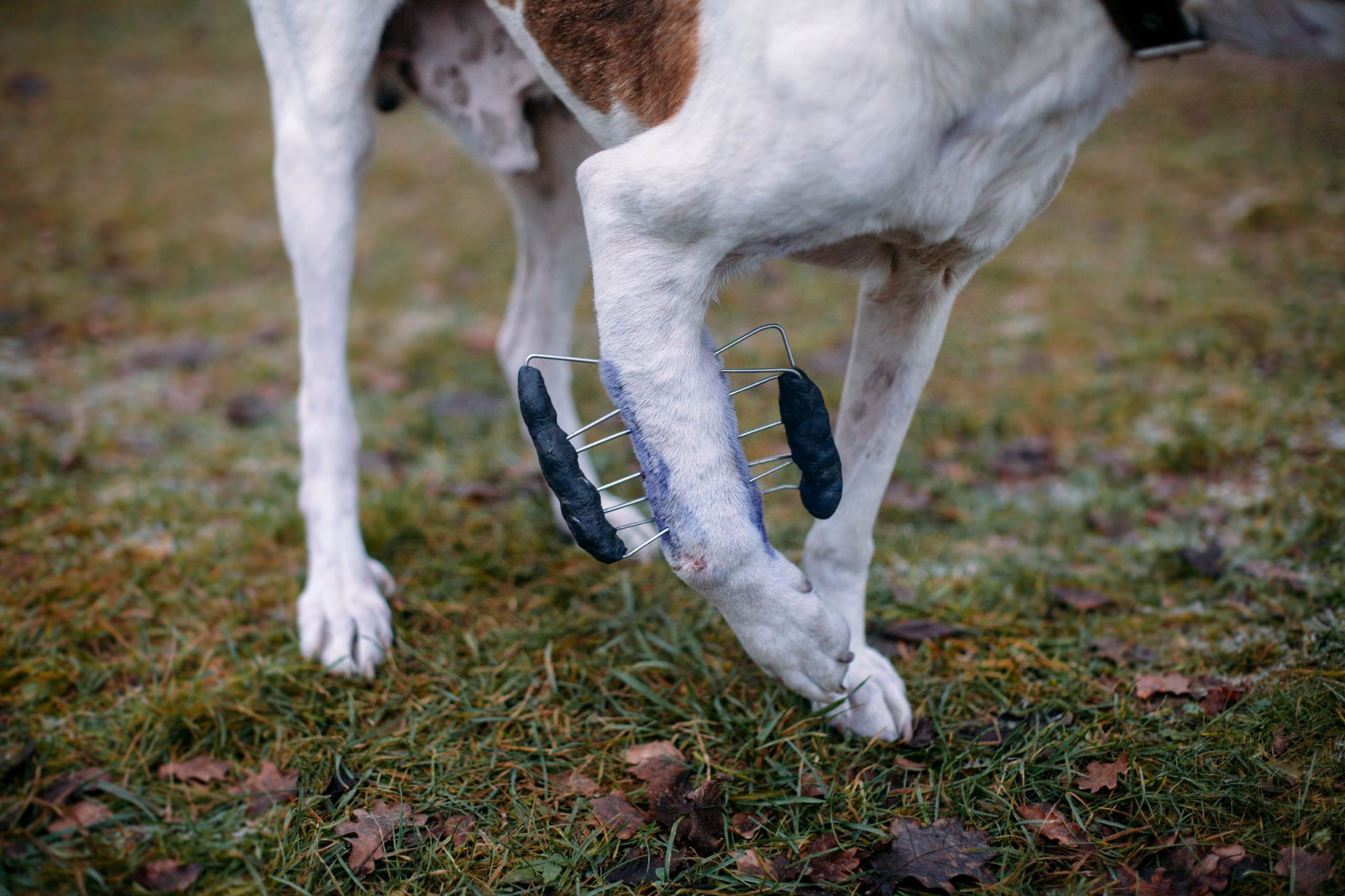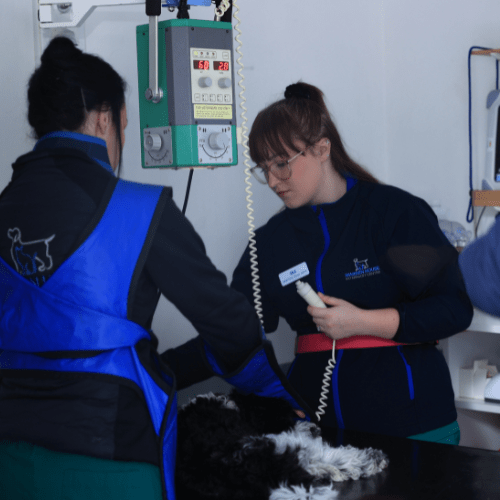Orthopedics
Fractures
Pet fractures refer to the break or crack in a pet’s bone. Fractures can occur due to various reasons, such as trauma, falls, accidents, or underlying medical conditions.
Types Of Fractures
COMPLETE FRACTURE
The bone is broken into two or more pieces.
INCOMPLETE
The bone is partially cracked but not completely broken.
OPEN (COMPOUND)
The broken bone pierces through the skin.
CLOSED
The broken bone does not penetrate the skin.
Non Surgical Treatment Options For Fractures:
Rest
Rest alone is generally suitable for certain types of dog or cat fractures, particularly if the fracture is stable and not severely displaced. Fractures that are amenable to healing through rest typically fall into the category of simple or non-displaced fractures.
Casting
Casting for a dog or cat fracture is a common method of immobilising and supporting the affected limb during the healing process. The goal of casting is to stabilise the fractured bone, promote proper alignment, and allow for the natural healing of the injured area.

Surgery Options For Fractures:

Internal Fixation
Internal fixation surgery in pets uses implants to stabilise fractured bones, align broken fragments, and provide stability for optimal healing.
Internal Fixation Procedure:
An incision is made over or near the fracture site to gain access to the broken bone.
The broken bone fragments are carefully manipulated and aligned, a process known as “reduction,” to restore proper anatomical alignment.
Various types of implants, such as plates, screws, pins, or wires, are used to stabilise the fractured bones.
Once the fracture is stable and fixed into place, the incision is closed with sutures.
External Fixation
External fixation surgery for a pet fracture involves the use of external devices to stabilise and support broken bones. It provides stability to the fractured bone by utilising pins, wires and an external frame.
External Fixation Procedure:
Metal pins or wires are placed into the bone fragments on either side of the fracture. These pins extend beyond the skin surface.
An external frame is attached to the pins or wires. The frame holds the fractured bone in place and provides stability during the healing process.
The surgical incisions are closed with sutures and the external frame remains in place for the duration of the healing period.
Once the fracture has sufficiently healed, the external frame and associated pins or wires are removed. The timing of frame removal varies depending on the fracture type and the pet’s individual response to treatment.

FAQS
Not Registered? It will only take a minute
We are still registering new clients and would love to have you and your beautiful pooches on board.
Register here
